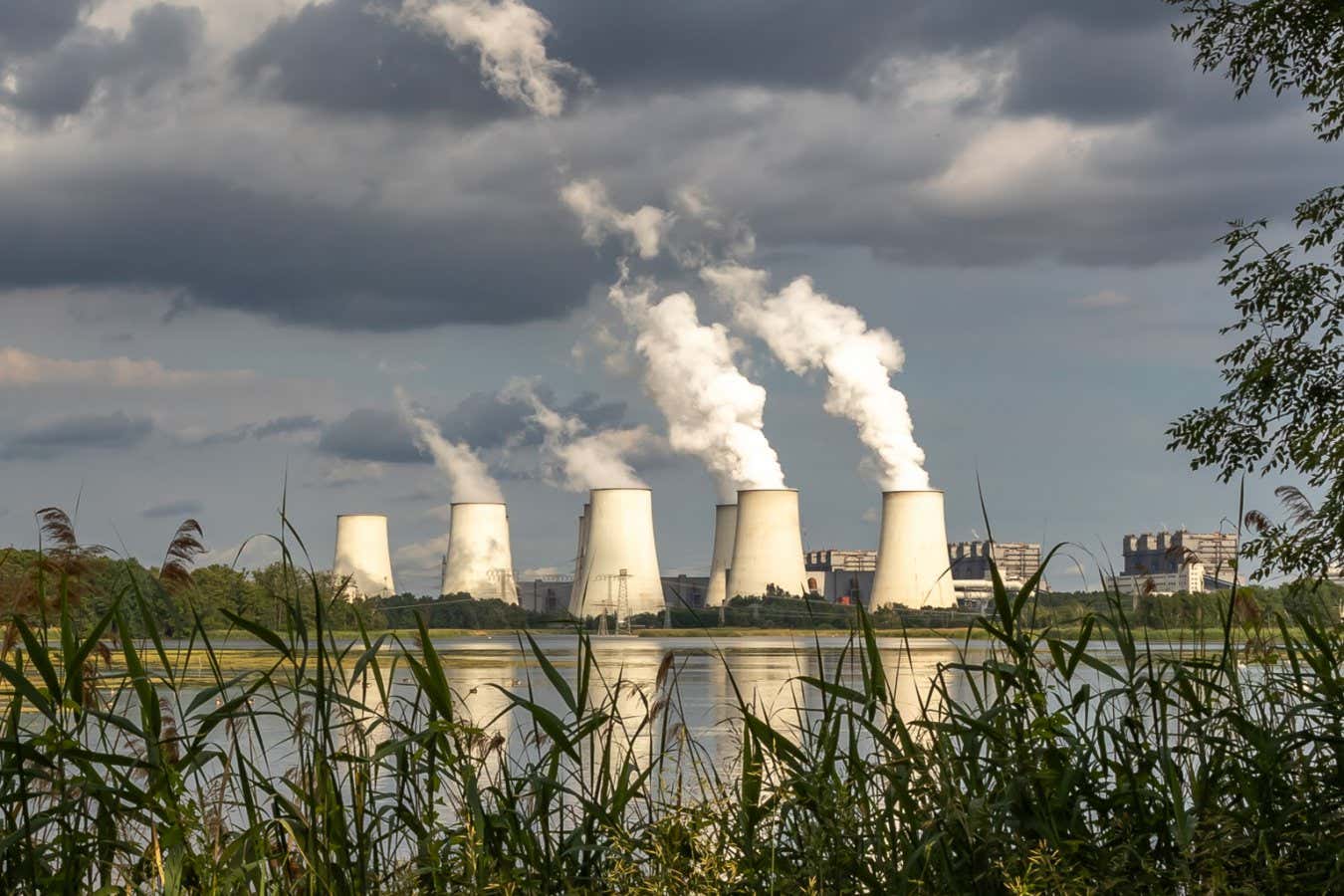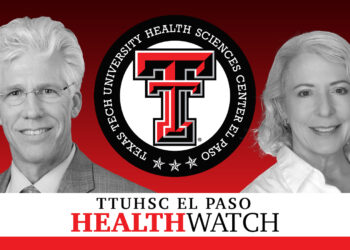
Sulphate pollution, which has a cooling effect, can come from coal power plants
Frank Herrmann/Getty Images
Clouds have been getting darker and reflecting less sunlight as a result of falling sulphate air pollution, and this may be responsible for a lot of recent warming beyond that caused by greenhouse gases.
“Two-thirds of the global warming since 2001 is SO2 reduction rather than CO2 increases,” says Peter Cox at the University of Exeter in the UK.
Some of the sunshine that reaches Earth is reflected and some is absorbed and later radiated as heat. Rising carbon dioxide levels trap more of that radiant heat – a greenhouse effect that causes global warming. But the planet’s albedo – how reflective it is – also has a big influence on its temperature.
Since 2001, satellite instruments called CERES have been directly measuring how much sunlight is reflected versus how much is absorbed. These measurements show a fall in how much sunlight is being reflected, meaning the planet is getting darker – its albedo is falling – and this results in additional warming.
There are many reasons for the falling albedo, from less snow and sea ice to less cloud cover. But an analysis of CERES data from 2001 to 2019 by Cox and Margaux Marchant, also at Exeter, suggests the biggest factor is that clouds are becoming darker.
It is known that sulphate pollution from industry and ships can increase the density of droplets in clouds, making them brighter or more reflective. This is the basis of one proposed form of geoengineering, known as marine cloud brightening. But these emissions have been successfully reduced in recent years, partly by moving away from high-sulphur fuels such as coal.
So Marchant and Cox looked at whether the decline in cloud brightness corresponded with areas with falling levels of SO2 pollution, and found that it did. The pair presented their preliminary results at the Exeter Climate Forum earlier this month.
The results are encouraging because the rapid warming in recent years has led some researchers to suggest that Earth’s climate sensitivity – how much it warms in response to a given increase in atmospheric CO2 – is on the high side of estimates. As it turns out, extra warming due to falling pollution will be short-lived, whereas if the cloud darkening was a feedback caused by rising CO2, it would mean ever more warming due to this as CO2 levels keep rising.
“If this darkening is a change in cloud properties due to the recent decrease in SO2 emissions, rather than a change in cloud feedbacks that indicate a higher-than-anticipated climate sensitivity, then this is great news,” says Laura Wilcox at the University of Reading in the UK, who wasn’t involved in the study.
There are some limitations with the datasets Marchant and Cox used, says Wilcox. For instance, the data on SO2 pollution has been updated since the team did their analysis.
And two recent studies have suggested the darkening is mainly due to a reduction in cloud cover, rather than darker clouds, she says. “The drivers of the recent darkening trends are a hotly debated topic at the moment.”
Overall, though, Wilcox says her own work also supports the conclusion that the recent acceleration in global warming has been primarily driven by the decrease in air pollution, and that it is likely to be a temporary effect.
Topics:
Source link : https://www.newscientist.com/article/2487992-most-warming-this-century-may-be-due-to-air-pollution-cuts/?utm_campaign=RSS%7CNSNS&utm_source=NSNS&utm_medium=RSS&utm_content=home
Author :
Publish date : 2025-07-14 10:00:00
Copyright for syndicated content belongs to the linked Source.








